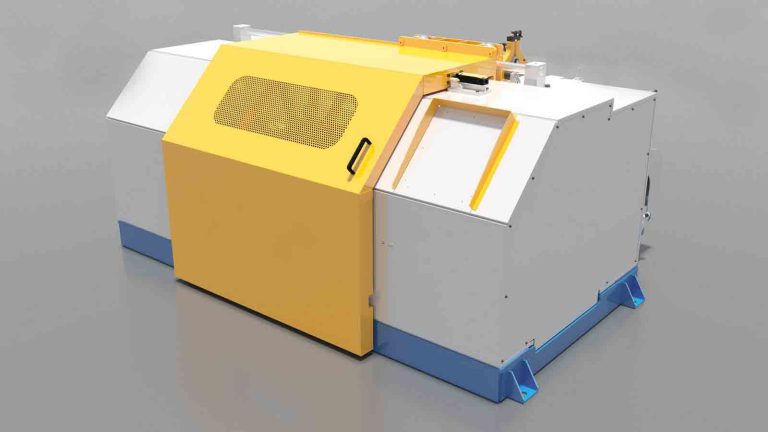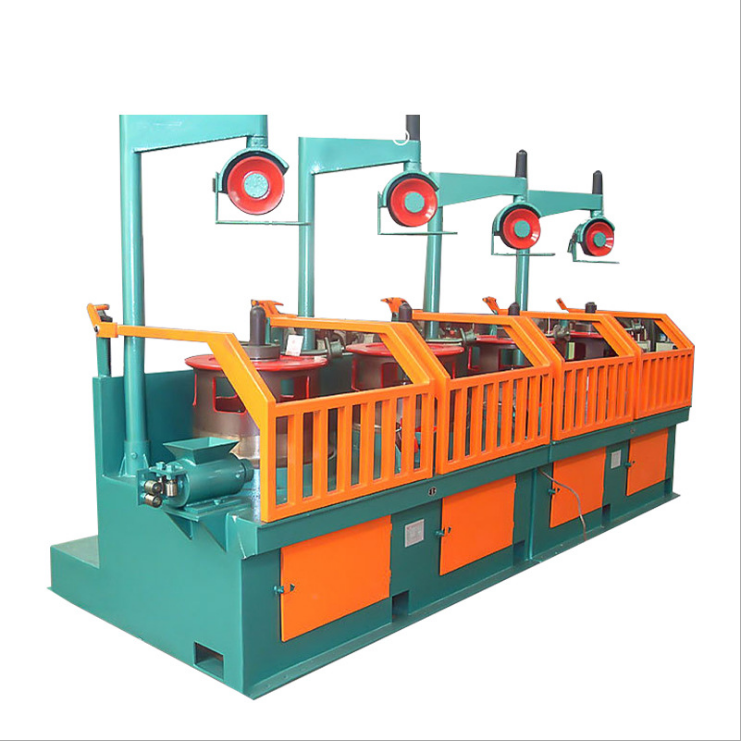Winstmarges maximaliseren met overheadkosten bij verkoop
In de zakenwereld is het maximaliseren van de winstmarges een topprioriteit voor elk bedrijf dat wil slagen en bloeien in een concurrerende markt. Eén manier om dit doel te bereiken is door de overheadkosten strategisch te beheren. Overheadkosten verwijzen naar de lopende kosten van het runnen van een bedrijf die niet direct verband houden met de productie van goederen of diensten. Deze kosten kunnen bestaan uit huur, nutsvoorzieningen, verzekeringen en salarissen voor administratief personeel.

Het belang van het berekenen van overheadkosten bij overheadbetalingen voor verkooptransacties

Het berekenen van overheadkosten kan een complex proces zijn, omdat er veel verschillende factoren zijn die aan deze kosten kunnen bijdragen. Een van de eerste stappen bij het berekenen van overheadkosten is het identificeren van alle uitgaven die niet direct verband houden met de productie van goederen of diensten. Dit kunnen zaken zijn als huur, nutsvoorzieningen, verzekeringen en administratieve salarissen. Zodra deze uitgaven zijn geïdentificeerd, moeten ze worden toegewezen aan de producten of diensten die het bedrijf verkoopt om de overheadkosten per eenheid te bepalen.
Er zijn verschillende methoden die kunnen worden gebruikt om overheadkosten aan producten of diensten toe te wijzen. Eén gebruikelijke methode is het gebruik van een vooraf bepaald overheadtarief, dat wordt berekend door de totale overheadkosten te delen door een vooraf bepaalde activiteitsmaatstaf, zoals arbeidsuren of machine-uren. Dit vooraf bepaalde overheadtarief kan vervolgens worden gebruikt om overheadkosten toe te wijzen aan individuele producten of diensten op basis van de hoeveelheid activiteit die nodig is om deze te produceren.
Een andere methode die kan worden gebruikt om overheadkosten toe te wijzen is op activiteiten gebaseerde kostenberekening. Activity-based costing omvat het identificeren van de activiteiten die de overheadkosten veroorzaken en het vervolgens toewijzen van deze kosten aan producten of diensten op basis van de hoeveelheid van elke activiteit die nodig is om deze te produceren. Deze methode kan een nauwkeuriger beeld geven van de werkelijke kosten van het produceren van een product of dienst, omdat hierbij rekening wordt gehouden met de specifieke activiteiten die de overheadkosten veroorzaken.
Ongeacht de methode die wordt gebruikt om overheadkosten toe te wijzen, is het belangrijk dat bedrijven regelmatig hun berekeningen herzien en bijwerken om ervoor te zorgen dat ze alle kosten die verband houden met het runnen van het bedrijf nauwkeurig weergeven. Door de overheadkosten nauwkeurig te berekenen, kunnen bedrijven beter geïnformeerde beslissingen nemen over prijzen, productie en algeheel financieel beheer.
Samenvattend is het berekenen van overheadkosten een cruciaal aspect van het runnen van een succesvol bedrijf. Dit geldt met name bij de uitbetaling van overheadkosten voor verkooptransacties, waarbij het begrijpen en correct toewijzen van overheadkosten een aanzienlijke impact kan hebben op de winstgevendheid. Door methoden te gebruiken zoals vooraf bepaalde overheadtarieven of op activiteiten gebaseerde kostenberekening, kunnen bedrijven ervoor zorgen dat ze alle kosten die verband houden met het runnen van het bedrijf nauwkeurig vastleggen en beter geïnformeerde beslissingen nemen over prijzen en productie.
The Importance of Calculating Overhead Costs in Overhead Payoff For Sale Transactions
When it comes to running a business, one of the key factors that can determine its success or failure is the ability to accurately calculate overhead costs. Overhead Payoff Stand costs are the expenses that a business incurs in order to operate, but are not directly tied to the production of goods or services. These costs can include things like rent, utilities, insurance, and administrative salaries. Understanding and properly calculating overhead costs is crucial for businesses, as it can have a significant impact on their profitability and overall financial health.
One area where calculating overhead costs is particularly important is in overhead payoff for sale transactions. An overhead payoff for sale transaction occurs when a business decides to sell a product or service at a price that covers not only the direct costs of production, but also a portion of the overhead costs associated with running the business. In order to determine the appropriate price for a product or service in an overhead payoff for sale transaction, it is essential to have a clear understanding of the business’s overhead costs.

Calculating overhead costs can be a complex process, as there are many different factors that can contribute to these expenses. One of the first steps in calculating overhead costs is to identify all of the expenses that are not directly tied to the production of goods or services. This can include things like rent, utilities, insurance, and administrative salaries. Once these expenses have been identified, they must be allocated to the products or services that the business sells in order to determine the overhead cost per unit.
There are several methods that can be used to allocate overhead costs to products or services. One common method is to use a predetermined overhead rate, which is calculated by dividing the total overhead costs by a predetermined measure of activity, such as labor hours or machine hours. This predetermined overhead rate can then be used to allocate overhead costs to individual products or services based on the amount of activity that is required to produce them.
Another method that can be used to allocate overhead costs is activity-based costing. Activity-based costing involves identifying the activities that drive overhead costs and then allocating those costs to products or services based on the amount of each activity that is required to produce them. This method can provide a more accurate picture of the true cost of producing a product or service, as it takes into account the specific activities that drive overhead costs.
Regardless of the method used to allocate overhead costs, it is important for businesses to regularly review and update their calculations in order to ensure that they are accurately capturing all of the expenses associated with running the business. By accurately calculating overhead costs, businesses can make more informed decisions about pricing, production, and overall financial management.
In conclusion, calculating overhead costs is a critical aspect of running a successful business. This is especially true in overhead payoff for sale transactions, where understanding and properly allocating overhead costs can have a significant impact on profitability. By using methods such as predetermined overhead rates or activity-based costing, businesses can ensure that they are accurately capturing all of the expenses associated with running the business and make more informed decisions about pricing and production.






